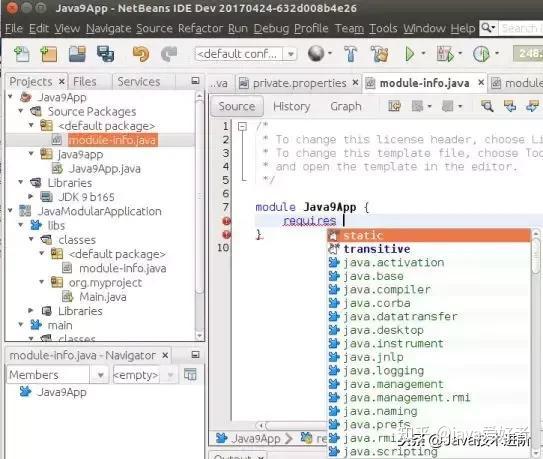In the realm of security and safety measures, framework fence net has emerged as a versatile and reliable solution for a wide array of applications. This type of fencing is not just confined to residential or commercial properties; it is also extensively used in industrial settings, construction sites, and even in agricultural settings where the need for protection against unauthorized access or animal containment is paramount. This article delves into the intricate details of framework fence net, its various types, materials, benefits, and considerations for its installation.
Types of Framework Fence Nets
Framework fence nets can be categorized based on their intended use, material composition, and design.
1、Residential and Commercial Fence Nets: These are primarily designed for aesthetic purposes while also ensuring security. They are often made from aluminum or steel, with a combination of woven or welded mesh to provide a strong yet visually appealing barrier.
2、Industrial Fence Nets: For industrial sites, heavy-duty framework fence nets made of galvanized steel or stainless steel are preferred due to their durability and resistance to corrosion. These are typically taller and more robust to withstand heavy machinery and potential impacts.
3、Construction Site Fence Nets: These are specifically designed to withstand the rigors of construction work, including the constant movement of people, equipment, and materials. They are often portable and can be easily assembled or disassembled as needed.
4、Agricultural Fence Nets: In agriculture, framework fence nets serve to keep livestock within designated areas while also preventing predators from entering. They can be made from plastic or metal, with the latter being more durable but the former being less harmful to the environment if accidentally ingested by animals.
Materials Used in Framework Fence Nets
The choice of material for a framework fence net is crucial and depends on factors such as durability, cost, maintenance requirements, and environmental impact.
Steel: Known for its strength and durability, steel is a popular choice for industrial and construction-grade fence nets. It is often coated with zinc (galvanized) to prevent rusting.
Aluminum: Lightweight and resistant to corrosion, aluminum is ideal for residential and commercial applications where aesthetics play a significant role. It requires less maintenance than steel but may not be as strong in high-stress situations.
Plastic (Polyethylene or Polyvinyl Chloride): These materials offer a cost-effective solution with low maintenance needs. They are non-toxic and can be used in agricultural settings without harming livestock if accidentally ingested. However, they may not be as strong as metal alternatives.
Stainless Steel: For applications requiring maximum durability and resistance to corrosion, stainless steel is a premium choice. It is often used in marine environments or wherever high-quality materials are essential.
Benefits of Framework Fence Nets
1、Security: Framework fence nets provide a physical barrier that deters unauthorized access while allowing visibility through the mesh, making it an ideal solution for monitoring activities within the perimeter.
2、Durability: Depending on the material used, these fences can withstand harsh weather conditions, vandalism attempts, and even low-speed vehicle impacts (in certain applications).
3、Customizability: Framework fence nets can be customized in terms of height, mesh size, color, and even the type of post used to support the netting. This allows for a tailored solution that fits specific security or aesthetic needs.
4、Cost-Effectiveness: While initially more expensive than traditional fencing methods like wooden or chain link fences, framework fence nets offer long-term cost savings due to their low maintenance requirements and extended lifespan.
5、Environmental Friendliness: Some materials like plastic offer an eco-friendly alternative to traditional metal fences, reducing the carbon footprint associated with production and disposal processes.
Considerations for Installation
When installing a framework fence net:
Site Assessment: Conduct a thorough assessment of the area to be fenced to determine the best type of material, height, and mesh size based on security requirements and any environmental considerations (e.g., wildlife protection).
Compliance with Regulations: Ensure that your chosen fence meets local building codes and zoning regulations regarding height, material usage, and visibility requirements.
Installation Quality: Hire a professional contractor with experience in installing framework fence nets to ensure proper installation that will withstand the test of time.
Maintenance Plan: Develop a maintenance schedule to inspect for damage or wear, particularly in high-traffic areas or areas exposed to harsh weather conditions. Regular cleaning and repair can extend the life of your fence net significantly.
In conclusion, framework fence nets offer a versatile and effective solution for various applications where security, durability, and aesthetics are important considerations. By understanding the different types, materials available, and the benefits they offer alongside the necessary considerations for installation and maintenance, one can make an informed decision that best suits their specific needs while ensuring a secure and visually appealing perimeter protection system.




 京公网安备11000000000001号
京公网安备11000000000001号 冀ICP备15021549号-7
冀ICP备15021549号-7
还没有评论,来说两句吧...